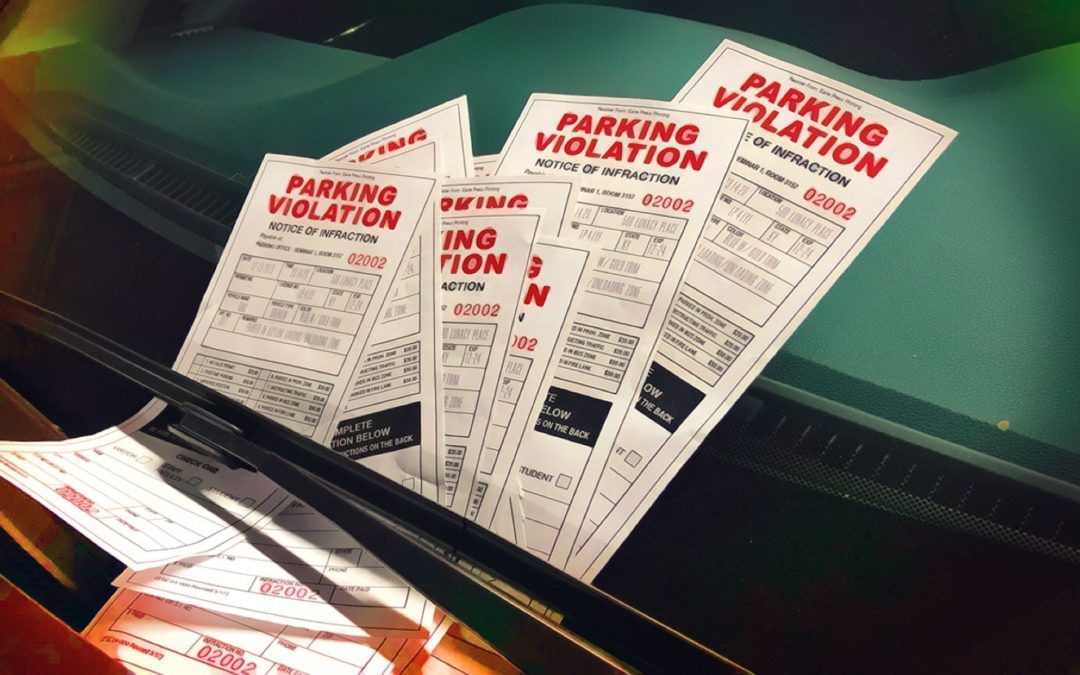A film budget can be a moving target to say the least, and honing in on an accurate number before cameras roll is essential to a successful production. Just about everyone at one point in their career is tempted to trim their budget too low, and it is almost always a mistake to do so (we’ve been there).
The internet is full of resources for building a budget, including No Film School’s Ultimate Film Budgeting Guide, this quickstart version on FilmBudgeteers.com, and this great rundown of documentary budget basics from the IDA. Knowing what line items to include is, of course, the way to start, but your budget only becomes truly informative when you start plugging in the numbers.
We like to think of ourselves as realistic optimists here at Lunacy. While we hope for good weather, great rates, and a schedule full of days that wrap on time, experience encourages us to prepare for at least a few circumstances that may be less than ideal.
So even if it feels like pessimism, we promise it’s not. Here are some time tested tips to help your budget accurately reflect your shoot’s pending realities.
1. Consider inflation
Films take time to get off the ground. If you had a budget done before you started raising money, you could very well be dealing with stale numbers by the time you hit pre-production. Revisit your budget regularly, especially if you’re in development for a good stretch. Prices for things like gasoline, airline tickets, and union contracts can change in what feels like overnight—and history strongly suggests things never get cheaper over time.
Pro Tip: Don’t base costs for consumables like gas, postage, and meals on what they cost today. Look at what they cost two years ago. Assume costs will inflate by the same amount two years from now. Budget those line items on those projections.
2. Accept unavoidable realities
Parking tickets happen. So do late fees. And data loss. No matter how many pre-production meetings, deal memos, or emphatic emails you send trying to communicate the importance of checking street signs or backing up files, you will wind up compensating for someone’s hasty choices that didn’t pan out.
And remember, your budget is a living, changing document. So when these unanticipated expenses crop up, it’s important to note them in the weekly cost report. Keeping an up-to-date and accurate cost report is essential to bringing your movie in on budget (or at least knowing exactly what your overage is)!
3. Hire pros on a flat rate
April 15 comes for us all, and your film is no exception. Long after production and promotion costs are paid, you will still need to hire professionals for tax prep, production accounting, legal considerations, and many other services discussed in our blog post on Sticker Shock. These folks don’t come cheap, but resist the temptation to use amateurs. When it comes to legal and financial issues, the stakes are too high.
It can be challenging to estimate just how much time you’ll need from various service providers, but you want to pay as little as possible for the best possible service. Rather than getting roped into an open-ended hourly arrangement, ask those professionals if they are willing to work on a flat rate for the run of your show. Production legal, tax credit applications, and even preliminary budgets and schedules can really add up if you keep making revisions based on an hourly rate. Package deals can make you more decisive in the near term and make more financial sense in the long run.
4. Learn from your experience
As noted earlier, we all make mistakes. It’s part of how we learn. So make sure you take time to process those lessons learned from successes and failures—big and small—on every single show. Sometimes things move so fast you can forget to do this, so we suggest the tried and true method of actually writing stuff down. Give your future self the gift of what you did right so you can repeat it, and what you did wrong so you can avoid it.
If you’re super ambitious, you could even build your own producing manual for the months and years to come, or publish the lessons you’ve learned. This post from Tim Reis on MovieMaker is a helpful rundown of rookie mistakes to avoid when making a microbudget feature.
5. Save the contingency for actual contingencies
All these examples serve to illustrate why it’s highly probable if not inevitable that you’ll exceed your initial budget. That is why we cannot emphasize this enough: do not mess with the contingency. Your contingency is for unanticipated expenses. If you can anticipate an expense, it’s not a contingent one (e.g. make separate line items for those in advance). Save that 10% for the real surprises. Because there will be plenty.

